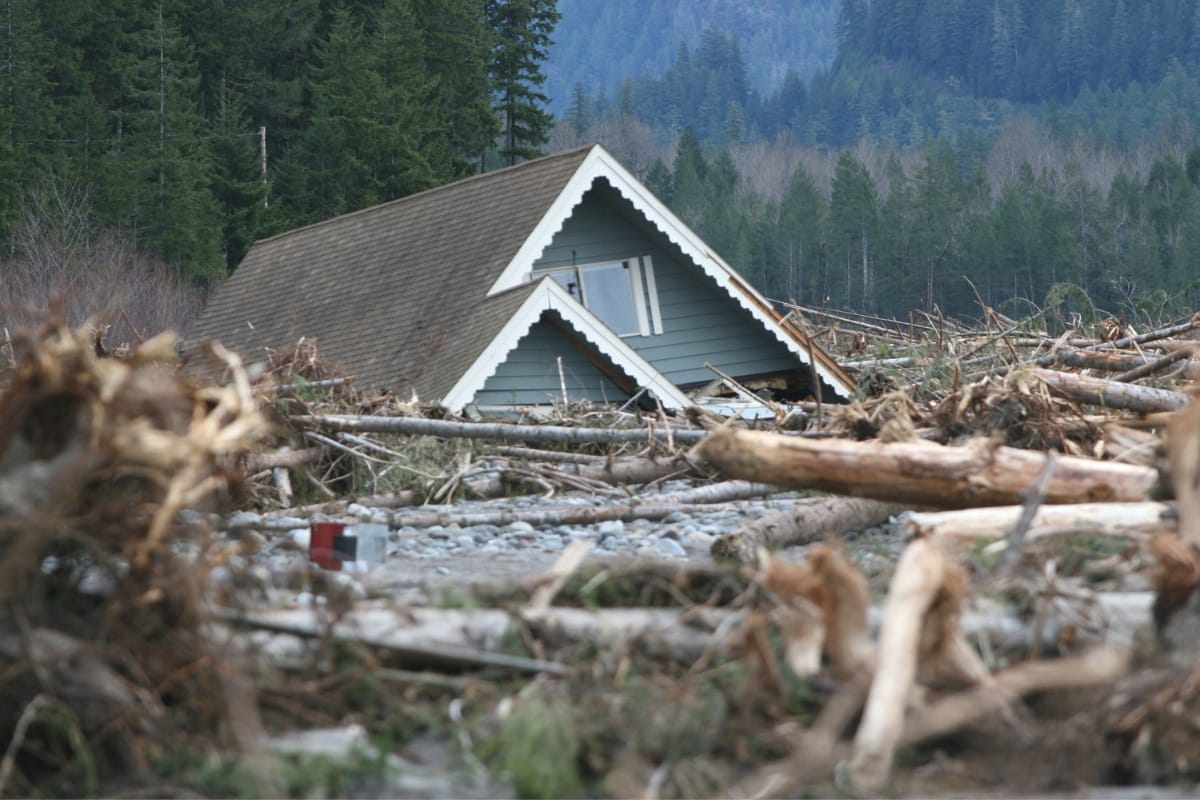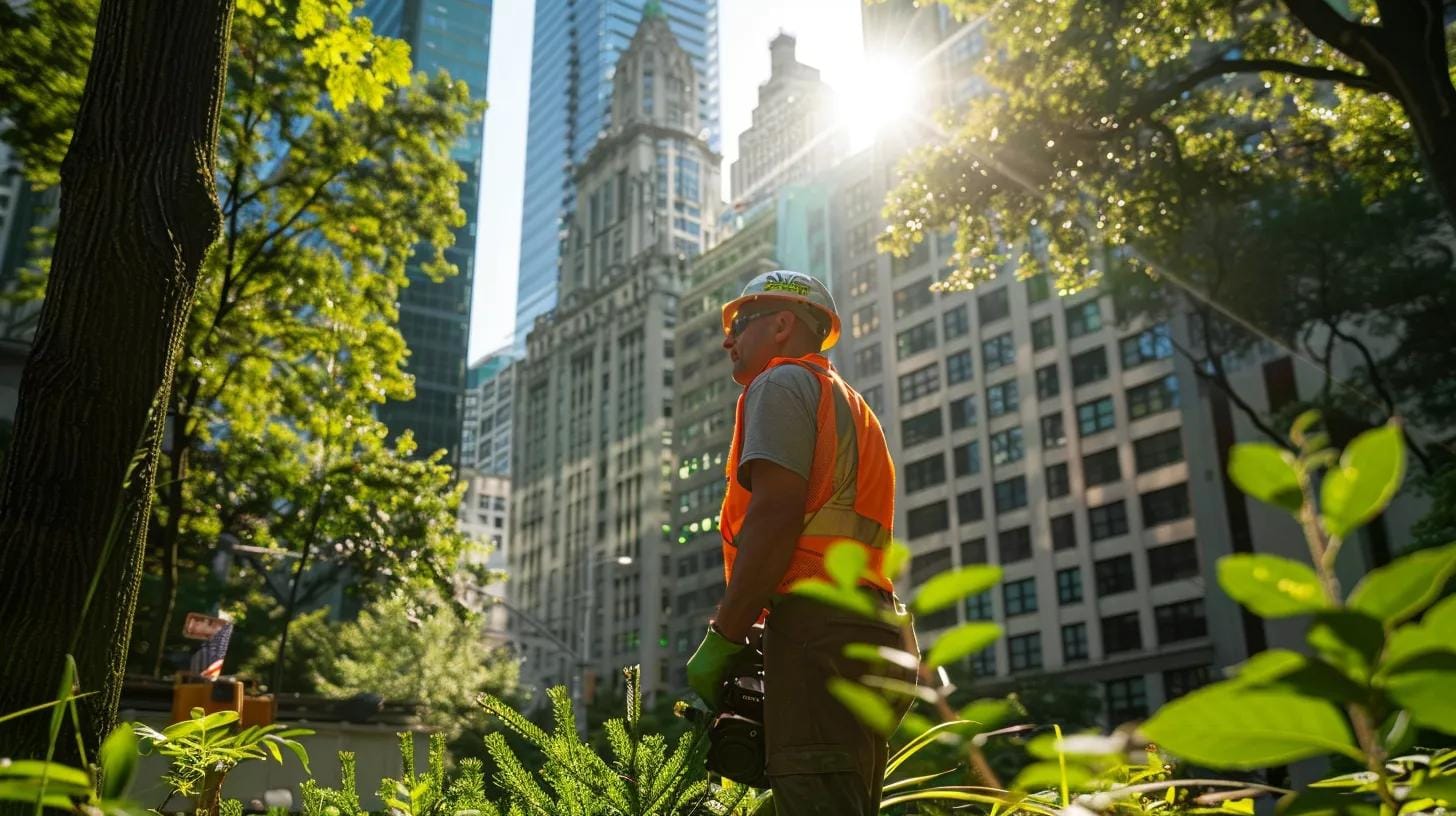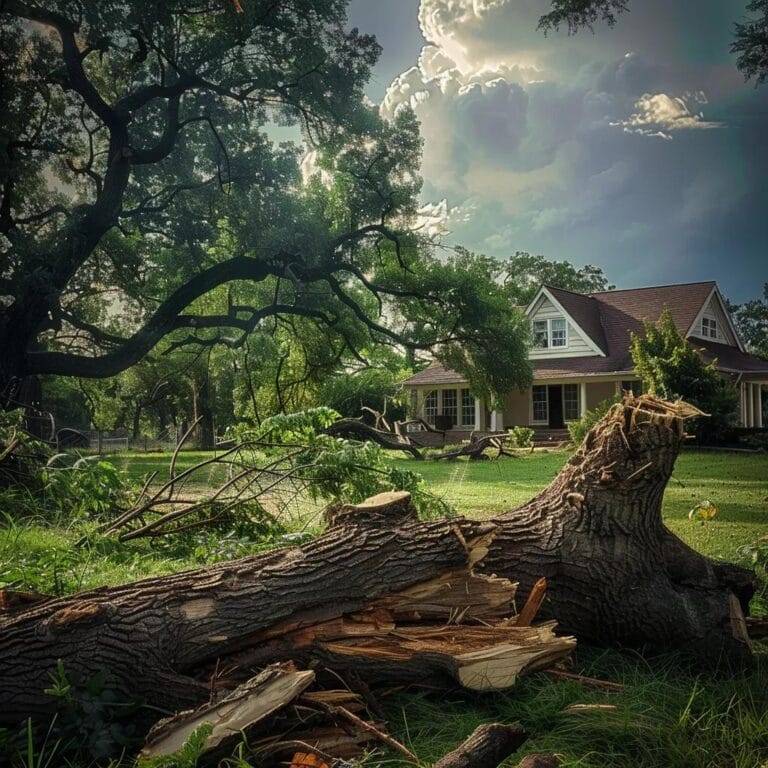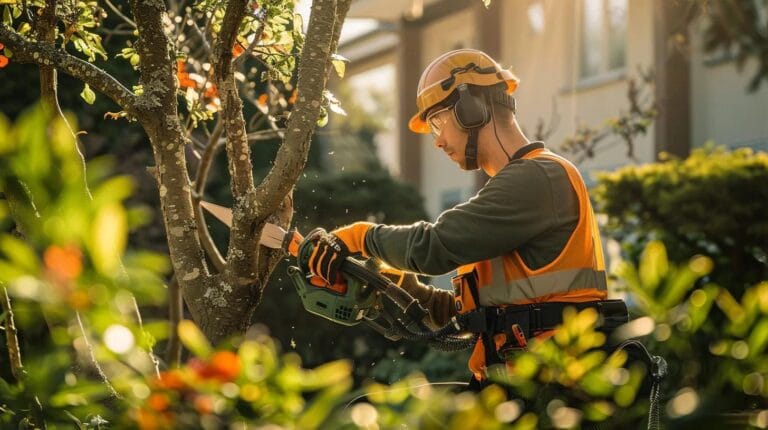Georgia’s weather can be unpredictable, with storms bringing a wide range of damage to homes and properties throughout the state. From powerful winds and heavy rain to hail and tornadoes, the effects of Georgia storm damage can be devastating.
Understanding the common types of storm damage—from roof destruction and flooding to fallen trees and structural issues—can help homeowners better prepare and respond when disaster strikes. In this guide, we’ll unveil the most common types of storm damage in Georgia and explore their lasting effects on homes and landscapes.
Whether you’re looking to safeguard your property or recover from recent damage, knowing what to expect can be the first step toward protecting your home and ensuring a swift recovery.
Georgia Storm Damage: Understanding and Overcoming the Impact
The Menace in the Sky: Understanding Tornadoes in Georgia

Tornadoes are a menacing force of nature that can strike with little warning, leaving behind a trail of destruction. In Georgia, these powerful storms have been known to wreak havoc on communities, tearing apart homes and uprooting trees. The impact of tornadoes goes beyond the physical damage they cause; they also leave emotional scars on those who experience their wrath.
Georgia frequently experiences tornadoes, as it lies within a region often referred to as Tornado Alley, where tornado activity is common. This occurs due to the collision of warm, moist air from the Gulf of Mexico with cooler, dry air moving down from Canada. When these contrasting air masses meet, they create the ideal conditions for tornadoes to form, leading to powerful and destructive storms.
When a tornado strikes in Georgia, it can carve out a path of devastation that stretches for miles and spans hundreds of yards wide. In just a matter of minutes, entire neighborhoods can be reduced to rubble, leaving residents displaced and in shock. The aftermath is often overwhelming, as emergency crews work around the clock to search for survivors and provide much-needed assistance to those affected by the disaster.
One of the most devastating tornadoes in Georgia’s history occurred on April 27, 2011. This EF4 tornado tore through multiple counties, leaving behind widespread damage and claiming numerous lives. It serves as a stark reminder of the destructive power that these storms possess.
In addition to the physical damage caused by tornadoes, there are also psychological effects that linger long after the storm has passed. Survivors may experience symptoms of post-traumatic stress disorder (PTSD), such as flashbacks or nightmares about the event. It can take years for communities to fully recover from the trauma inflicted by a tornado.
Deluge of Destruction: Effects of Torrential Thunderstorms
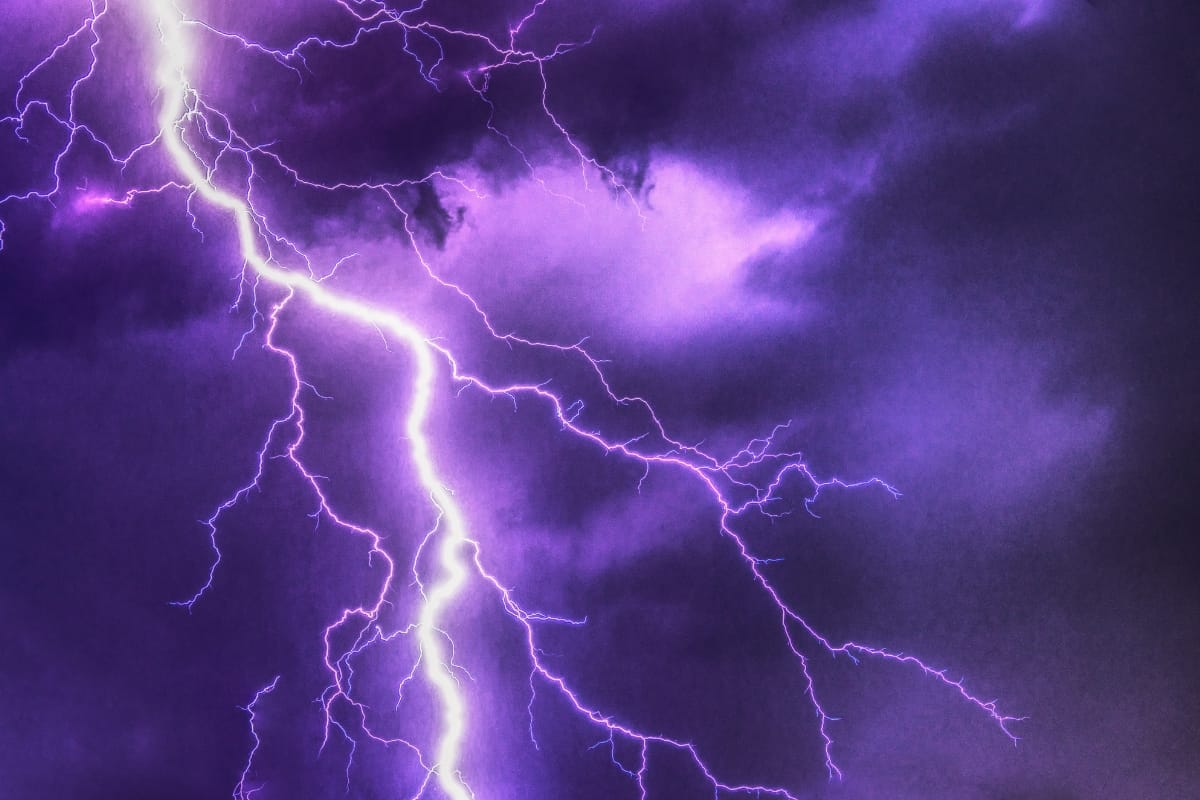
Thunderstorms are a frequent and powerful force of nature in Georgia, particularly during the spring and summer. While a passing storm may seem manageable, torrential downpours associated with thunderstorms can escalate rapidly, unleashing a destructive force that affects entire communities.
The most immediate concern during thunderstorms is heavy rainfall, which can lead to flash flooding. With little warning, streets become rivers, sweeping away vehicles, flooding homes, and damaging infrastructure.
Georgia’s topography, which includes rolling hills and valleys, worsens the situation, as water rushes downhill at alarming speeds. This sudden flow of water not only erodes soil but also destabilizes building foundations and damages roads, creating hazards that linger long after the storm has passed.
Compounding these dangers are landslides and mudslides, particularly in Georgia’s mountainous regions. Torrential rain can loosen the soil on steep slopes, sending massive amounts of mud and debris hurtling toward homes and roads. The impact of these slides can be devastating, burying structures and making rescue efforts perilous.
Additionally, thunderstorms bring the heightened risk of lightning strikes, which are a significant hazard in Georgia. The state consistently ranks high in lightning-related incidents, including fires caused by strikes on homes, trees, and power lines. Beyond the physical destruction, these fires further endanger lives and drain emergency response resources during and after a storm.
In combination, these effects of torrential thunderstorms in Georgia make it clear that these storms are more than just a temporary inconvenience; they represent a significant threat to both life and property, requiring vigilance and preparedness to minimize their destructive impact.
Powerless in the Dark: The Lingering Effects of Power Outages

When severe weather strikes Georgia, power outages are one of the most immediate and disruptive consequences. Whether caused by tornadoes, thunderstorms, hurricanes, or ice storms, losing electricity affects both daily life and critical operations, often leading to prolonged hardship for individuals and communities.
The impact of power outages goes far beyond mere inconvenience. Without electricity, essentials such as lighting, heating or cooling systems, refrigeration, and communication devices become inoperable. For many, this means spoiled food, a loss of connectivity, and an uncomfortable—if not dangerous—living environment.
Vulnerable populations, including the elderly and those with medical conditions requiring electrical equipment, face even greater risks. Medical devices like oxygen machines and dialysis equipment cease functioning, creating urgent health crises during prolonged outages.
On a broader scale, power outages disrupt businesses, schools, and essential services. Retailers may lose perishable goods, hospitals must rely on backup generators to maintain life-saving equipment, and schools may be forced to close. Public transportation systems often face delays or stoppages, further hindering daily life.
The restoration of power is not a quick fix. Utility companies often face significant challenges in repairing damaged infrastructure, especially after major storms that leave downed trees and power lines in their wake. Crews must navigate difficult terrain and coordinate with emergency responders to ensure that electricity is restored safely and efficiently, a process that can take days or even weeks depending on the severity of the storm.
In the end, power outages serve as a stark reminder of our reliance on electricity and the vulnerabilities that exist when it is suddenly taken away. Being prepared with backup plans—such as portable generators, battery-operated lights, and emergency kits—can help mitigate some of the difficulties that come with being powerless in the dark.
Riverbank Erosion: Threatening the Heart of Local Ecosystems
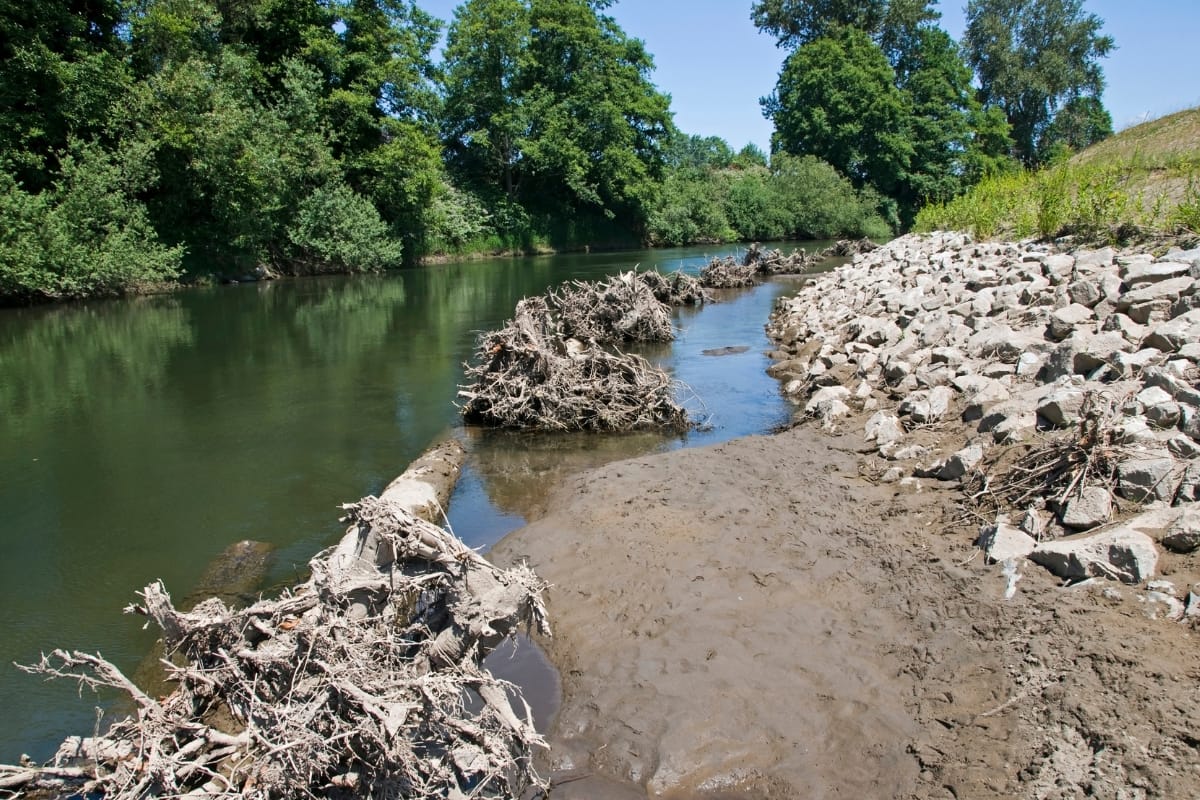
The rivers of Georgia, while serene and picturesque, are vital lifelines for the region’s rich biodiversity. These waterways support complex ecosystems that rely on stable riverbanks for habitats. However, intense weather events, especially severe thunderstorms and prolonged rainfall, can wreak havoc by accelerating riverbank erosion—a threat that extends beyond environmental concerns.
Heavy rainfall causes rivers to swell and surge, eroding the banks and uprooting the vegetation that once stabilized them. As the soil washes away, the habitat for fish, amphibians, birds, and numerous other wildlife species begins to deteriorate. This erosion not only reduces available space for these species to live and breed but also affects the quality of the water itself, increasing sedimentation and altering aquatic ecosystems.
In addition to the ecological consequences, riverbank erosion poses significant risks to human infrastructure. Homes, businesses, and recreational facilities situated near riverbanks can be damaged or destroyed as the earth beneath them is swept away. Roads and bridges, which are often constructed alongside rivers for convenience, can also face serious threats from collapsing banks, making transportation dangerous or impossible.
To combat riverbank erosion, proactive measures must be taken. Engineers and conservationists often rely on erosion control methods such as riprap (layers of large rocks) or vegetative buffers to stabilize the banks.
Retaining walls, gabions, and planting native vegetation along the banks can reinforce them, reducing the likelihood of further erosion. In some cases, more advanced techniques like bioengineering, which uses natural materials and living plants, are implemented to maintain the balance between development and conservation.
The issue of riverbank erosion serves as a reminder of the delicate balance between human activities and nature, urging both individuals and communities to invest in protective measures that safeguard these essential ecosystems.
Rebuilding Resilience: Communities Coming Together After the Storm
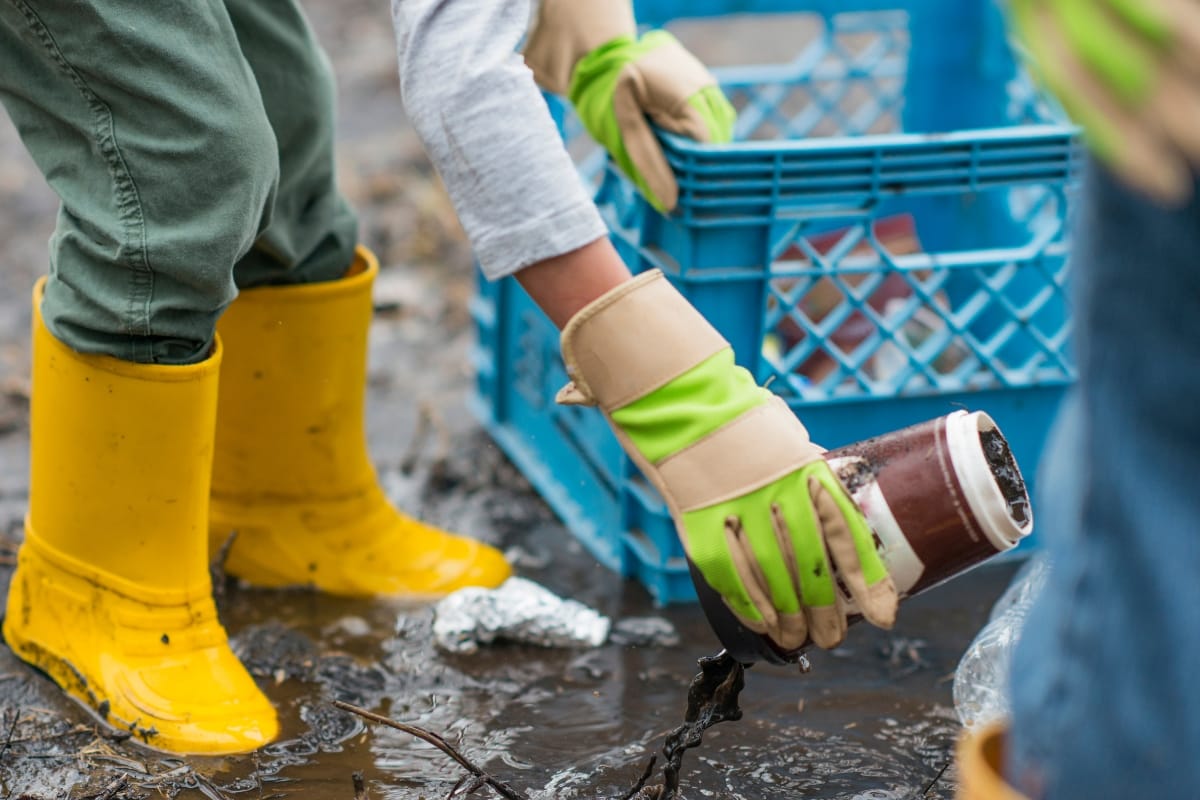
In the wake of a storm, Georgia’s communities demonstrate extraordinary resilience, uniting to rebuild and recover. The destruction caused by severe weather events can be overwhelming—damaged homes, flooded streets, and uprooted lives—but the strength of community often shines brightest during these challenging times.
Neighbors step up, providing help where it’s most needed, whether it’s offering shelter, sharing resources, or lending a hand in cleanup efforts.
Local businesses, civic organizations, and churches often become hubs of support, distributing food, water, and essential supplies. Volunteer groups like the Red Cross, FEMA, and local relief agencies coordinate efforts to restore normalcy, working tirelessly alongside residents.
Their expertise in disaster response ensures that communities receive both the immediate and long-term aid necessary to rebuild their lives.
Beyond the physical rebuilding, emotional recovery is just as important. Storms can leave behind emotional scars, especially for those who have lost homes or loved ones. Mental health professionals and support groups offer counseling, helping individuals process trauma and find hope after the storm. Schools, too, play a crucial role in restoring a sense of routine for children, providing stability during uncertain times.
Preparedness Pays Off: Mitigating Georgia Storm Damage

While storms are an inevitable part of life in Georgia, being prepared can significantly reduce their impact on both individuals and communities. Advanced planning and proactive measures not only protect lives but also minimize damage to property, ultimately making the recovery process smoother and faster.
The state of Georgia has made great strides in storm preparedness through initiatives like public education campaigns on severe weather safety, improving early warning systems, and streamlining communication between government agencies and emergency responders.
These efforts ensure that communities are informed and ready to act when severe weather strikes. Programs like Ready Georgia encourage residents to stay alert, develop emergency plans, and learn the best practices for storm safety.
On a personal level, homeowners can take numerous steps to safeguard their properties. Securing outdoor furniture, ensuring gutters and drainage systems are clear, and reinforcing windows with storm shutters are practical ways to reduce wind and flood damage.
Additionally, trimming overhanging tree branches and removing dead or weak limbs can prevent potential damage during high winds. Having an emergency kit with essentials such as water, food, flashlights, and first-aid supplies is crucial for staying safe during prolonged power outages or shelter-in-place situations.
Ultimately, the key to mitigating storm damage lies in preparedness. By taking action before a storm hits, individuals and communities can reduce the risk of injury and damage, ensuring that Georgia’s resilience remains strong even in the face of nature’s worst challenges.
Beyond the Haze: Environmental Consequences of Georgia Storms
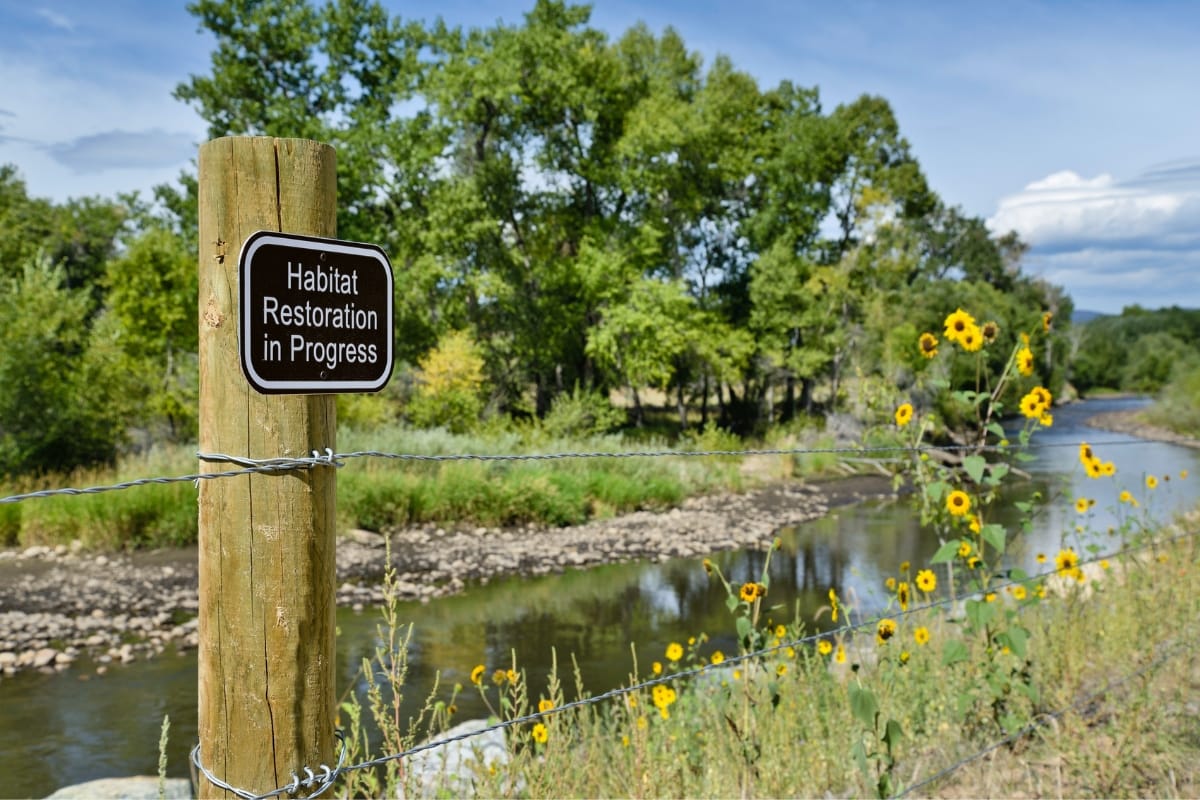
While much attention is given to the immediate aftermath of storms—damaged homes, infrastructure, and the human toll—the environmental consequences can be just as severe, with long-lasting impacts on Georgia’s ecosystems. Beyond the visible wreckage, storms can leave behind significant challenges for the natural world, affecting wildlife, water quality, and vegetation.
Heavy rainfall during severe storms often results in substantial runoff. This runoff carries pollutants such as oil, chemicals, and fertilizers from urban areas and agricultural fields into Georgia’s rivers and streams.
The influx of pollutants can lead to algal blooms, which deplete oxygen levels in water bodies and threaten aquatic life. Fish kills and reduced biodiversity are common outcomes of such pollution events, particularly in areas already under environmental stress.
Additionally, storm-induced loss of vegetation—especially large trees—can lead to habitat destruction for wildlife, including birds and small mammals. Forests also play a critical role in stabilizing soil and preventing erosion. When these natural buffers are lost, soil erosion increases, contributing to further degradation of water quality and flooding risks downstream.
To combat these effects, Georgia has initiated several restoration efforts, including reforestation projects aimed at replacing lost trees and plants, and improving habitats for displaced wildlife.
Erosion control measures, such as the installation of barriers and the replanting of native grasses, help prevent further soil loss. Moreover, ongoing water quality monitoring ensures that pollutants are identified and addressed in a timely manner, protecting both human communities and natural ecosystems.
Weathering the Storm: A Conclusion on Georgia’s Unyielding Spirit
Georgia’s storms can leave behind significant damage, impacting everything from trees to property foundations. Understanding the types and effects of storm damage is key to protecting your home and landscape.
For expert tree removal and storm cleanup services, trust Campbell Tree Management Services to help safeguard your property. Contact us today at (770) 286-8058 or request a free quote through our website to ensure your home and trees are in the best hands.

